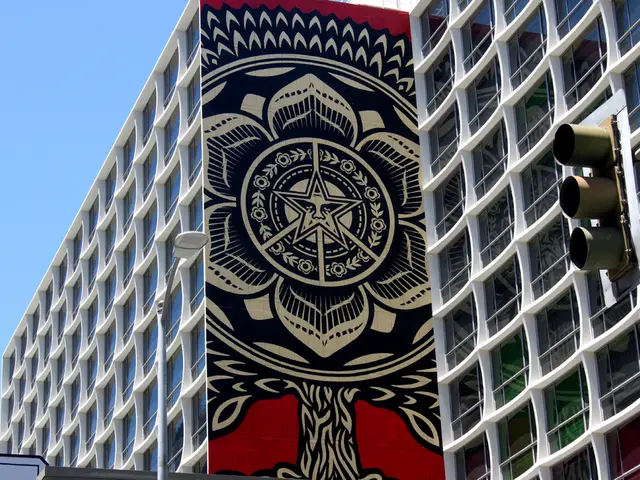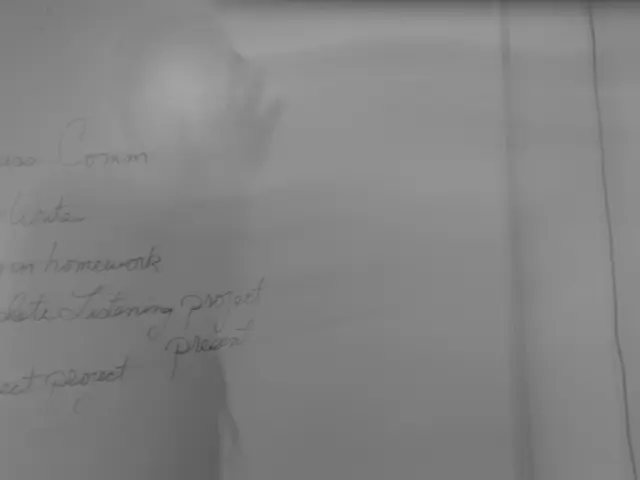Investors stricken with a genuine obstacle in Rivian's path
Rivian, the electric vehicle (EV) manufacturer, recently released its second-quarter financial results, revealing a mixed picture of progress and challenges.
The company's adjusted earnings per share for the quarter were a loss of $0.97, worse than analysts expected at a loss of $0.80 per share. However, Rivian's gross loss for the second quarter was $206 million, a significant improvement from the prior year's loss of $451 million.
Despite posting gross profits during both the fourth and first quarters, Rivian is still not gross-profit positive for the year. This is due in part to the removal of revenue from zero-emission credits, a significant portion of Rivian's business. The administration's removal of the emissions penalty has eliminated the incentive for automakers to purchase these credits, affecting Rivian's revenue stream.
As a result, Rivian's expected total 2025 regulatory credit sales are approximately $160 million, down from a previous outlook of $300 million. Without these sales, the company's future remains uncertain for investors.
However, Rivian has secured a $1 billion direct equity investment from Volkswagen as part of their joint venture, thanks to its two consecutive quarters of gross profits. This investment underscores the faith that industry giants have in Rivian's potential.
Looking ahead, the success of Rivian's upcoming R2 electric SUV, R3, and R3X will largely determine the company's future. The first R2 is expected to roll out of production in the first half of 2026. Rivian reaffirmed its 2025 delivery guidance of 40,000 to 46,000 vehicles, indicating a strong focus on production and sales.
Ford, another strategic partner, has a financial significance for Rivian by purchasing zero-emission credits. This partnership could provide a critical support for Rivian in the absence of regulatory credit sales.
Despite the challenges, Rivian remains optimistic about its future. The company did not provide details about the one big glaring hurdle facing Rivian and its investors in the second quarter. However, with the upcoming releases of its innovative EV models and strategic partnerships, Rivian is poised to navigate these challenges and carve out a place for itself in the competitive EV market.
In conclusion, while Rivian's second-quarter financial results showed some promising improvements, the company still faces significant challenges, particularly in the area of regulatory credit sales. The success of its upcoming EV models and strategic partnerships will be crucial in determining Rivian's future success.
Read also:
- Aquatech purchases Koch's Direct Lithium Extraction business, merging Li-ProTM DLE technology into the PEARLTM Technology Platform.
- Li Auto faces scrutiny after crash test involving i8 model and a truck manufacturer sparks controversy
- Construction and renovation projects in Cham county granted €24.8 million focus on energy efficiency
- Unveiling Danny Curran: UK's Top Inheritance Property Tracker







